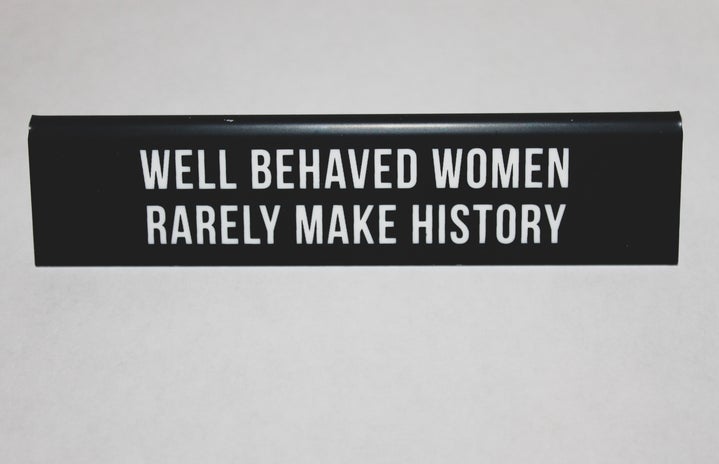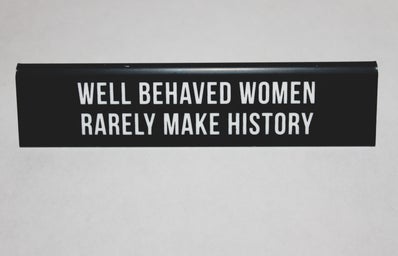What is a menstrual cup? You may already be familiar with it, but simply put, it is a small silicone cup for collecting menstrual blood, an alternative to pads and tampons. Proponents hail it for being comfortable, cheap and easy to use. Like all women, I just want to make my period as comfortable as possible. Thus, six months ago I got my own cup. Have I regretted it?
The two main reasons why women decide to try out the cup seems to be that they feel tampons and pads are expensive, have to be changed often, and are not really eco-friendly. Just think of the pile of trash you can build in those 4-7 days you’re changing tampons. Now multiply that with of how many women have their periods each month!
A menstrual cup is usually priced 20-30 €, but it lasts for a couple of years (some say even ten years!), so you are pretty likely to get to use it for its full value. Unlike a tampon which can cause dryness and needs to be changed every 8 hours minimum (because Toxic shock syndrome is a thing), you can wear a cup for up to 12 hours before emptying it. This was the main reason I wanted to try it out – who doesn’t want a hygiene product that allows you to sleep in but also does not create a bloody mess on your bedsheets the way a pad does? The cheapskate in me also wanted to quit (or reduce the need of) buying the tampons and pads, which are always 0.15-0.30 € per piece.
Inserting the menstrual cup is a bit tricky at first: in order to fit and actually prevent leakage, it has to be folded in the right way, then inserted. A cup comes with a guide and it is not as hard after a couple of practice-runs (just breathe deep, relax and try again). In the end, it is no more difficult than inserting a tampon without an applicator. Once inside, the cup will unfold into its proper shape and should not even be noticeable, which of course adds comfort. At least I haven’t noticed that the cup would cause any more period cramps than usually.
The eggcup-with-stick shaped menstrual cup often comes with its own storage bag (photo credit: menstruationstasse.net)
Now, emptying… This is where it might get a bit different. We are used to quickly wrapping up the pad or tampon and throwing it away without really looking at it. When you remove the cup in order to empty it, you see exactly how much blood you’ve lost. If there’s a lot of it, it might spill, and it could be a bit messy. The stem at the bottom of the cup is far shorter than the string of a tampon and it may be necessary to stick your fingers in a bit deeper to actually pull the thing out (without spilling, if possible).
You also have to wash it gently with soap in order to put it back in. This is the reason it’s easier to empty your cup at home where you’ve got your sink and your soap right next to you. Personally, I have noticed that with 12-hour breaks between emptying, you usually get away with doing through the ordeal only twice a day. But seriously, do empty and rinse the cup at regular intervals. Again, practice makes perfect.
The only time you are likely to have to change more frequently is the second or third day of your period, or whenever your flow is the heaviest. There are ways to manage to do this in a bathroom stall, but I always try to find a toilet where there is a sink in the stall. Another thing about heavy flows is that there is still a small risk of leakage, mainly at the beginning of your period or at the beginning of your use of the cup. The cup should, of course, seal your vagina and collect all the blood, but if inserted wrong or not emptied early enough, small leaks are possible.
So, isn’t a bloody cup kind of gross to re-use? Well, to each their own, but using soap and rinsing it off as per package instructions cleans the cup enough for me – and all the other regular users of the cup. Between cycles the cup should be washed in boiling water, killing any remaining bacteria.
Is the menstrual cup as great as it’s made out to be? It can be tricky to use at first, and you’ll spend 10 minutes just trying to get it in so that it unfolds properly. Changing it requires somewhat more careful hygiene than other options and you shouldn’t skip on the boiling part, which might not make it ideal for long-time travel. There’s anecdotal evidence of the cup prolonging your period by one or two days, which is not great, but there’s also anecdotal evidence of it shortening your period, so… Perhaps for the last day or so you can wear a pad or tampon instead if you want the period to be over quicker.
On the other hand, there are great benefits. I haven’t bought pads in 3 months (less money spent), I can reuse the cup (less waste), it is technically leak-proof (more hygienic), and I have a comfortable feminine hygiene product that can be used for full 12 hours (more sleep). What’s more, a cup made of surgical grade silicone does not contain many of the unnecessary chemicals used in some other products, they do not chafe, and they take up very little storage space. So yes, would recommend. This product has been hyped for well-founded reasons and I have been happy with my purchase.
Menstrual cups come in different brands and only trying them out let you know which one feels comfy for your anatomy. The site afriska.ch, for instance, provides comparisons between various brands. In Finland, menstrual cups are easiest bought online, but available also in some physical stores. Possible brands to choose from include Lunette (made in Finland), DivaCup, Mooncup, LadyCup, MeLuna and Belladot Evelina.


